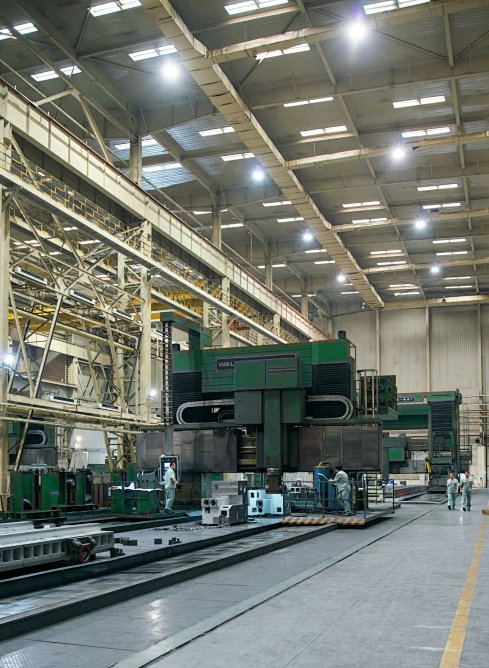How to calculate the machining allowance for machined flat surfaces?
Jun 08,2020
The machining allowance for flat surfaces is the unilateral allowance, which is equal to the thickness of the metal layer removed in practice. The purpose of leaving a machining allowance on the workpiece is to eliminate the machining errors and surface defects left by the previous process, such as the cold hard layer on the surface of castings, pores, sand inclusions, the oxide scale and decarburized layer on the surface of forgings, surface cracks, and the internal stress layer and surface roughness after cutting. This improves the accuracy and surface roughness of the workpiece.

The size of the machining allowance has a significant impact on machining quality and production efficiency. If the machining allowance is too large, it not only increases the labor involved in machining, reduces the production rate, but also increases the consumption of materials, tools, and electricity, raising the machining cost. If the machining allowance is too small, it cannot eliminate the various defects and errors from the previous process, nor can it compensate for the clamping errors during this process, resulting in scrap. The selection criterion is to make the allowance as small as possible while ensuring quality. Generally speaking, the finer the machining, the smaller the process allowance.
Design reference: The reference used to determine the position of other points, lines, and surfaces on the part drawing is called the design reference. Process reference: The reference used during the machining and assembly of the part is called the process reference. The process reference is further divided into assembly reference, measurement reference, and positioning reference based on its use. Assembly reference: The reference used to determine the position of the part in the assembly or product during assembly is called the assembly reference.
Measurement reference: The reference used to check the dimensions and positions of the machined surfaces is called the measurement reference. Positioning reference: The reference used for positioning the workpiece during machining is called the positioning reference. The surface (or line, point) used as the positioning reference can only be selected from the unmachined blank surface in the first process, which is called the rough reference. In subsequent processes, the machined surface can be used as the positioning reference, which is called the precise reference.
The total thickness of the metal layer removed from a certain machined surface during the process of turning a blank into scrap is called the total machining allowance of that surface. The thickness of the metal layer removed in each process is called the inter-process machining allowance. For rotating surfaces such as outer circles and holes, the machining allowance is considered from the diameter, hence it is called symmetrical allowance (i.e., bilateral allowance), meaning that the actual thickness of the metal layer removed is half of the machining allowance on the diameter.
Related dynamics
Contact Us
E-mail:tjjiaxuyan@163.com
Telephone:022-68976188,13821612718
Mobile:18902087888,13802191288
Address:Fengjia Village, Duliu Town, Jinghai District, Tianjin










